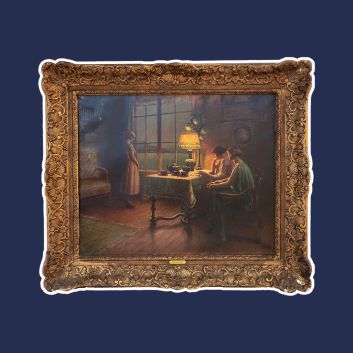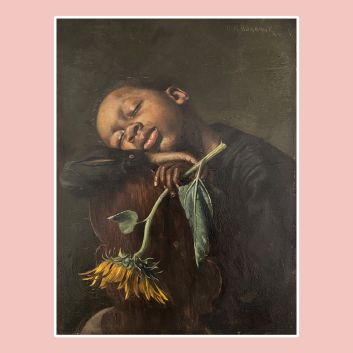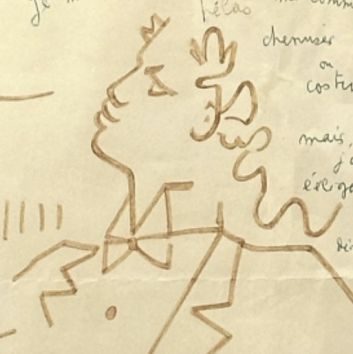Rating and value of works, drawings, paintings by Félicien Rops
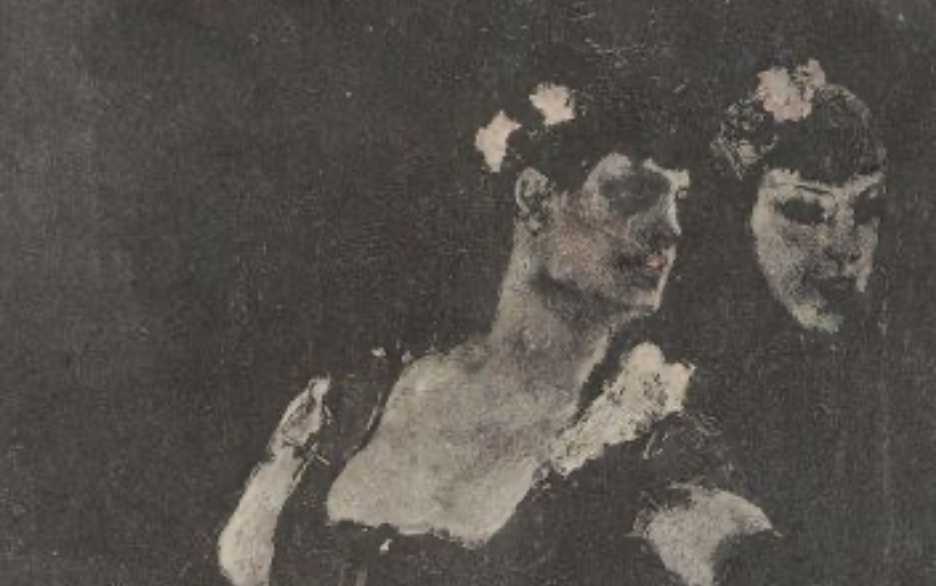
If you own a work by or based on the artist Félicien Rops and would like to know its value, our state-approved experts and auctioneers can help you.
Our specialists will carry out a free appraisal of your work, and provide you with a precise estimate of its current market value.
Then, if you want to sell your work, we'll point you in the right direction to get the best possible price for it.
Artist's rating and value
With his provocative, symbolist art, Félicien Rops became a major representative of decadantism. The artist's works are quite present and appreciated on today's art market.
The prices at which they are currently selling range from €10 to €230,000, a considerable delta but one that speaks volumes about the value that can be attributed to your paintings, prints and drawings.
Prized by collectors, some of his exceptional works can fetch hundreds of thousands of euros, as evidenced by his drawing Pomokrates, sold for €230,000 in 2017.
Order of value from the most basic to the most prestigious
Technique used | Results |
|---|---|
Paint | From €90 to €46,500 |
Print - multiple | From €10 to €52,400 |
Drawing - watercolor | From €60 to €230,000 |
Response in less than 24h
Artist's style and technique
Félicien Rops' works are naturally characterized by their scabrous, dark and provocative aesthetic. His sultry artistic style combines the technical precision of the graphic arts with suavity and sensuality.
Rops was also accustomed to playing with light and shadow to emphasize the dramatic, gripping aspect of his subjects, and reinforce the emotion and violence expressed in his works.
With eroticism at the heart of Félicien Rops' work, he made a point of depicting everything unfiltered, dramatizing his representations in often exaggerated fashion. His nudes, often very crude, break the aesthetic codes of the time.
He even spoke of "pornocracy" when commenting on his work, assuming at all times to shock and disturb his audience. In the end, Rops painted a number of resolutely blasphemous religious pictures in a style reminiscent of Rubens' Baroque compositions.
Félicien Rops takes a strong anti-clerical stance, which is evident in his compositions.
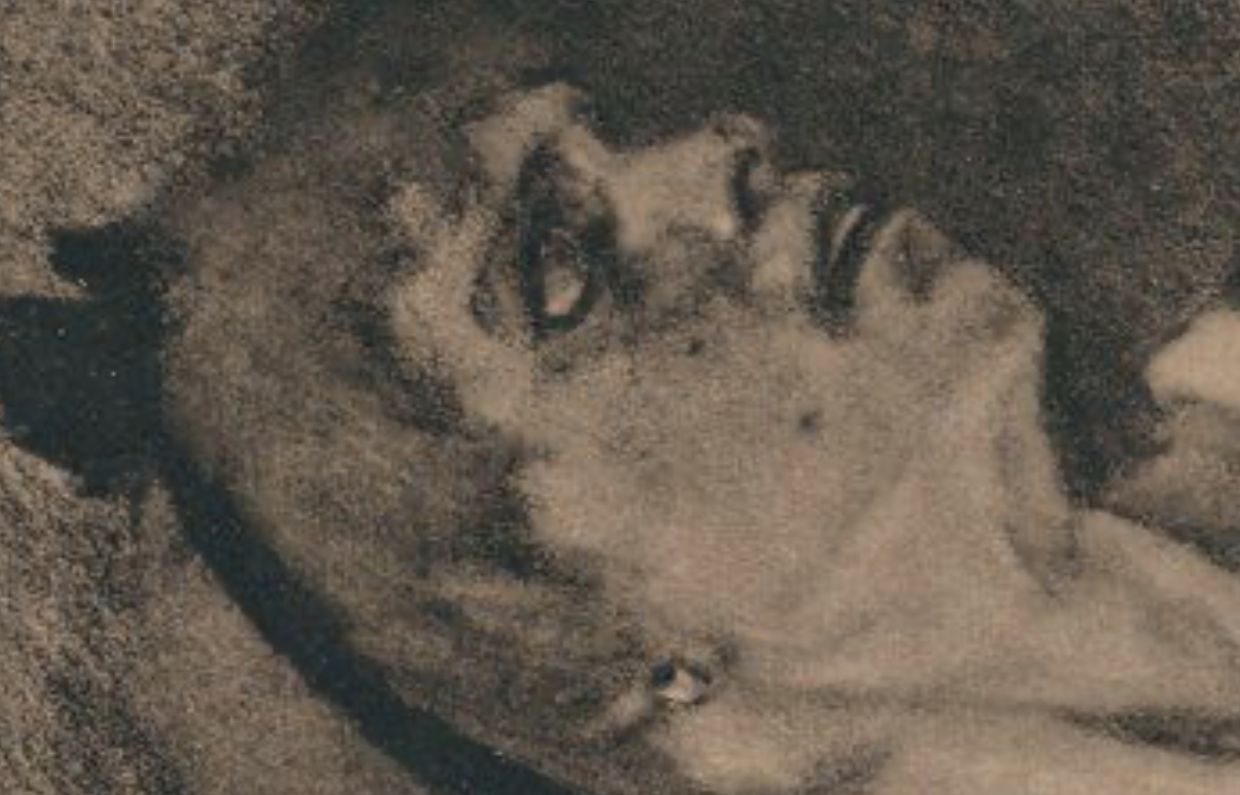
The life of Félicien Rops
Félicien Rops (1833-1898) came from a bourgeois Belgian family and began his artistic apprenticeship at the Namur academy. He was not fulfilled there and needed freedom, so he emancipated himself from the family environment, which he found oppressive.
In 1851, Félicien Rops entered the Université libre de Bruxelles and met a number of important artists. Parallel to his studies, the young artist was a member of several literary circles and think tanks bringing together many representatives of the Belgian avant-garde.
Later, Rops joined the Atelier Saint-Luc, where he familiarized himself with the technique of lithography. His first commissions were mainly caricatures and book illustrations.
It was in France, however, that Félicien Rops' artistic career was to take off. The artist frequented several Parisian circles and settled there in 1874. In Paris, the artist met publisher Auguste Poulet-Malassis, who entrusted him with numerous engraving projects, mainly illustrations for licentious works.
Although naturally curious, Rops' great culture and excellent memory greatly impressed his contemporaries, including Victor Hugo.
However, Félicien Rops was widely criticized for his libertine lifestyle, free of all obligations, constraints and prejudices. His depictions of women are shocking, as they criticize conventional propriety.
The artist's singular vein of expression sets him apart from other Expressionist artists of his time, such as Odilon Redon, Gustave Doré and Marc Chagall.
Nonetheless, he managed to acquire a certain notoriety during his lifetime, and was adulated at the end of his life. In 1889, he was awarded the Légion d'Honneur, while the Hôtel Drouot honored him with an exhibition of his work.
In poor health, Félicien Rops was forced to interrupt his artistic career in the 1880s. He devoted himself to horticulture and continued painting, away from Paris and all artistic contacts in Essonne. Rops died a few years later.
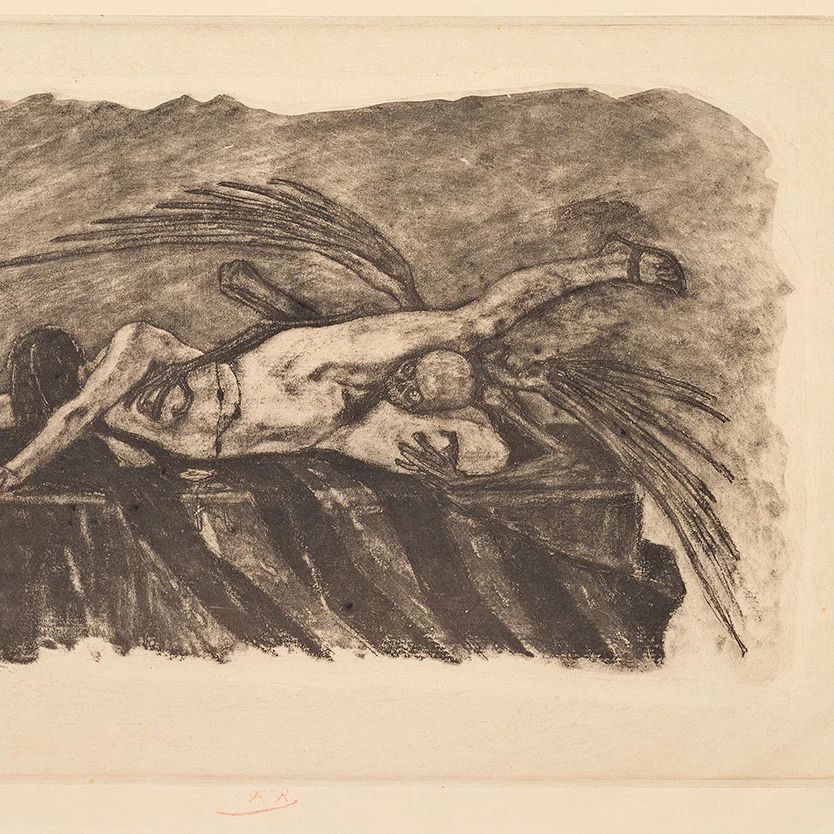

Focus on Agonie, Félicien Rops, engraving
In Agonie, Félicien Rops explores the dark, morbid themes dear to his heart, offering a striking depiction of human suffering. Produced during his stay in Antwerp, this work testifies to the artist's mastery of capturing emotional intensity through etching.
Rops, renowned for his attraction to provocative and macabre subjects, distinguishes himself here with a simple yet powerful composition.
The scene shows a figure stretched out, his naked, emaciated body resting on a surface reminiscent of an altar. The expression of despair and fatigue is accentuated by the menacing presence of a large black bird, reminiscent of a raven, the symbol of death.
In this work, Rops focuses on the essential: the confrontation between man and his inevitable fate. The contrast between the paleness of the body and the surrounding darkness reinforces the idea of vulnerability and solitude, recurring themes in the artist's work.
Agonie also shows Rops' ambition to transcend mere illustration to achieve psychological depth. By eschewing superfluous detail, he favors a minimalist approach in which every stroke, every shadow, is charged with meaning.
This work is both simple and complex: simple in its presentation of a pared-down scene, complex in the emotions it evokes and the interpretations it provokes. Here, Rops creates a world where human suffering is exposed in all its brutality, without detour or embellishment.
With Agonie, Félicien Rops asserts his unique style, in which darkness and the macabre become tools for exploring the human condition. He offers a poignant reflection on the fragility of life, while leaving an indelible mark on the history of Symbolist art.
Images of a century: Félicien Rops
Symbolism and anti-clericalism in the 20th century
In the 20th century, Symbolism evolved into a bold and often virulent critique of religious institutions. Artists found a starting point in the iconography and artistic techniques characteristic of the movement.
A direct descendant of the Symbolist movement born at the end of the 19th century, this artistic and literary movement sought to move away from naturalism by focusing on the representation of abstract ideas and inner truths, often through the use of complex symbols and metaphors.
Among the themes explored, anti-clerical criticism took pride of place, embodying a rejection of religious dogma in favor of a freer, more introspective quest for spirituality.
Symbolism, as a movement, was marked by a deep interest in the mysteries of existence, the dark forces and hidden dimensions of the human soul.
In this context, religion, and in particular the clergy, has often appeared as a restrictive force, imposing limits on individual freedom and spiritual exploration.
Many artists used their work to challenge ecclesiastical authority and denounce what they perceived as the hypocrisy and corruption of the Church.
The anti-clerical works produced during the 20th century illustrate this trend perfectly. Félicien Rops, for example, established himself as one of the leading figures of this critique, with works marked by provocative eroticism and bold depictions of religious themes.
His engravings, such as Pornocrates and The Temptation of Saint Anthony, hijack sacred symbols to reveal a darker, subversive dimension, casting a critical eye on the oppressive influence of the clergy.
In the same spirit, the twentieth-century avant-garde pursued this critique, often even more radically. The Surrealists, led by André Breton, exploited the subversive potential of art to attack the Church and its dogmas.
Artists such as Salvador Dalí and Max Ernst created works in which religious figures were deformed, grotesque, or plunged into absurd scenarios, testifying to a desire for liberation from religious constraints and a rejection of the moral order imposed by the Church.
By directly attacking the ecclesiastical institution, these works helped redefine the role of the artist as critic of society.
They show how, through art, it is possible to question old power structures and propose an alternative vision of the world, more in tune with modern aspirations for freedom and personal autonomy.
Symbolism and the anti-clerical works of the 20th century thus remain essential witnesses to an era when art engaged in a profound dialogue with the great questions of its time, particularly those concerning religion and spirituality.
These creations not only reject the past, but also seek to explore new avenues for the expression of individuality and modernity, marking a key stage in the evolution of contemporary art.
His signature
Félicien Rops' works are not all signed.
Although there are variations, here's a first example of his signature:

Appraising your property
If you happen to own a work by or after Félicien Rops, please feel free to request a free appraisal by filling in our form on our website.
A member of our team of experts and chartered auctioneers will contact you promptly to give you an estimate of the value of your work, and will ensure that you receive all the relevant information about it.
If you're thinking of selling your work of art, our specialists can also help you find alternatives to sell it at the best possible price, taking into account the market's inclinations and specificities.
Response in less than 24h
Related topics
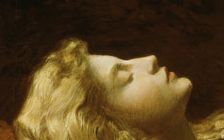
The value of works, paintings by Victor Gabriel Gilbert
Victor Gabriel Gilbert was a painter of genre scenes at the end of the 19th century. His works are still of great value today.
Read more >
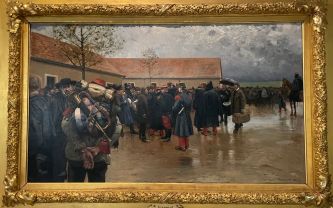
Rating and value of paintings, drawings and prints by Pierres G...
Jeanniot was a 19th-century painter, draughtsman and engraver who produced war paintings and genre scenes that were sold at auction.
Read more >

Cote et valeur 2024 des tableaux, dessins, peintures de Henr...
Henri Rousseau is a 19th-century painter of naive art, whose works are extremely highly valued.
Read more >
Secure site, anonymity preserved
State-approved auctioneer and expert
Free, certified estimates
